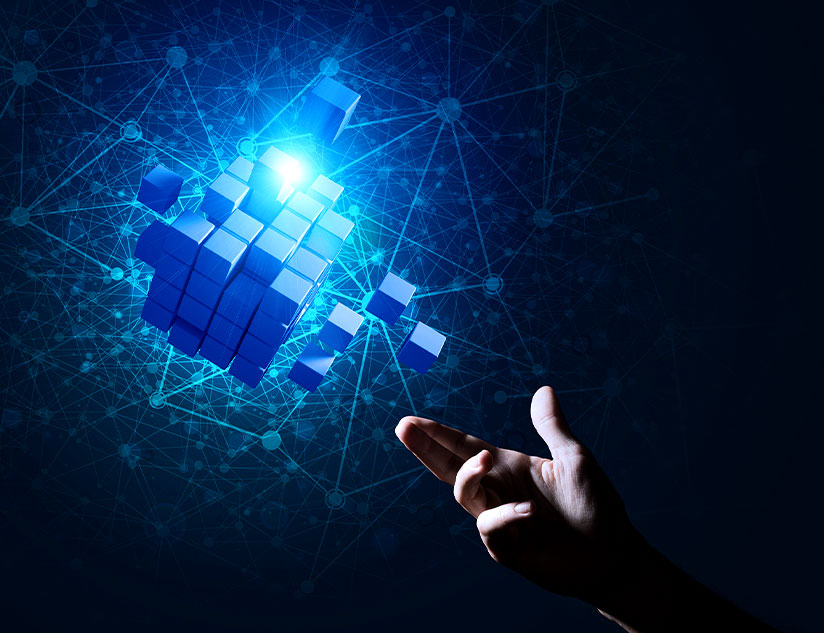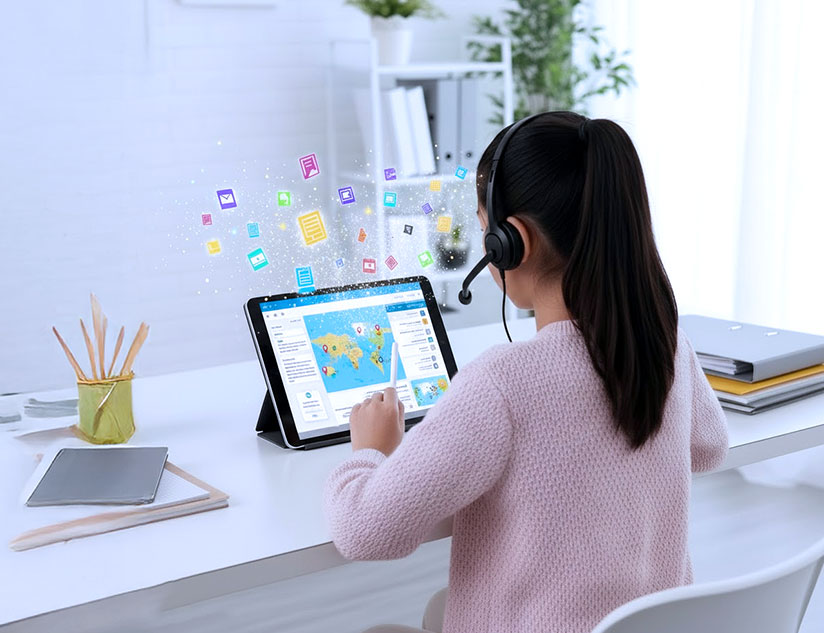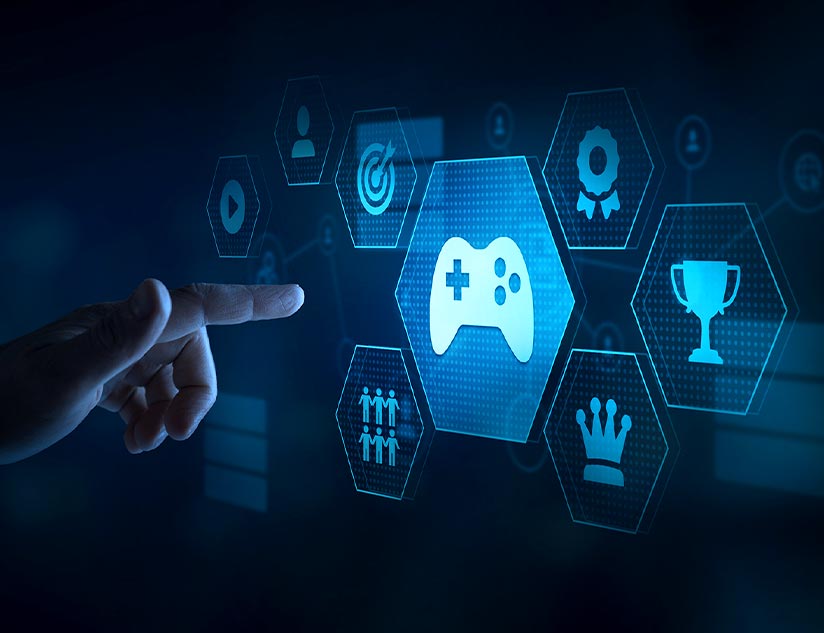Gamification is ubiquitous these days. From my food tracking app to the customer support desk that customer support team of MagicBoxTM uses, everything seems to be gamified. You expect to get some points even if you walk to work instead of driving.
In this series of articles, I will talk about gamification, some myths around gamification, how to implement gamification and what works and what doesn’t.
Let’s first start with defining Gamification. Gamification is a game design technique, basically used in non-gaming activities to make them more interesting and interactive. It is broadly used by many big companies and startups alike in order to have deeper engagement with users and drive user behavior to meet business goals. Gamified applications are different from games because it has an ulterior purpose: that collecting data and ensuring that you do more of the work, for example – my food tracking app gives me points every time I track breakfast, lunch or dinner; after accumulating some points I get badges, accolades etc. This has actually motivated me for months to continue using this app.
Gamification Is Different Than a Game
Some of the very similar and confusing terms like games, gamification, and simulation look similar but these are not the same at all. Games and Gamification are very different. All of us have played online or mobile app games. However, when an application is gamified, we are actually not explicitly playing a game rather doing what we are expected to do more of it by aspects of a game-like design. I have already described Gamification above, let me define what a game is in technical terms.
Games are an abstract challenge, defined by rules and where a result is definite and it has a quantifiable outcome. Games have a goal and have to be challenging to make it more interesting for the user. A game is a composition of:
- Story
- Challenge
- Mystery
- Rules
- Curiosity
- Definite outcome/Goal
- Competition
- Coordination
- Points and Rewards
What is Game Thinking?
First of all, we should start thinking like a game designer and as a game designer; our main goal is to deliver an awesome experience. OK, I know, I know, Gamification is not a game, but since we are going to use stuff like mechanics, aesthetics, and storytelling, let’s all pretend we are Blizzard’s number one designer for now!
Game thinking involves the technique of approaching the design process from the perspective of applying game mechanics (Game Mechanics consists of protocols and mentions how a player will interact with the rules and strategies) into the non-gaming situations. Example – in the food tracking example above, game designers would need to think how many points do I get for tracking my breakfast?
Before thinking of anything, gamification developer must think of the user’s behavior in different situations while interacting with the gamified environment and how to handle or celebrate them. It is really important to give user goosebumps on winning and make his/her win in a grand celebration, and in the same way, when a user loses something, don’t disappoint them and try to give something to cherish or to provide help/clue when they get stuck in a situation.
Gamified Design
There are many books, articles and case studies about why design is one of the most important things to take into account and for sure we could be hours talking about it. Gamified design guides you to present the things in an engaging, user-friendly and interesting way. Some of the gamified design aspects are as follows:
- Must include story and mystery elements
- Make learner hero of the learning content or give a special role to keep the interest of the learner
- Should have some hidden questions, suspense to find the answers of them
- Should provide guidance on every step where the learner get stuck
Types of Gamification
There are two ways to implement gamification
- Content Gamification
- Structural Gamification
Content Gamification is the application of game elements, game mechanics, and game thinking to alter the content to make the content more like a game rather than a static content to read.
E.g. Creating a mystery inside the content that can be solved by gathering evidence while going through the content and then give users points, badges or rewards as motivation.
Structural Gamification is the application of game elements to propel a learner through content while making no alteration or changes to the content.
E.g. Give users some quizzes or challenges in order to unlock a content to read and reward user on completion of every single level or single chapter on completion.
Structural gamification is generally used where content revisions are not allowed or content can’t be altered.
Gamification in Learning Experience Platforms
Gamification can be achieved in LxPs by both structural and content gamification way. To implement structural gamification, the user can be presented with some interesting challenges or make some eligibility criteria (e.g. must have 200 points before accessing a specific course) and to provide points or rewards after completion of every single part of course. Also, provide a way to share the learner’s success with his/her social word so that the learner can celebrate his/her victory among peers. Take learner feedback from the course in the gamification way.
If you want to improve the learning experience in your organization using gamification way, get in touch with us and understand how MagicBoxTM can be your perfect partner as learning experience platform and make it a success for you!










